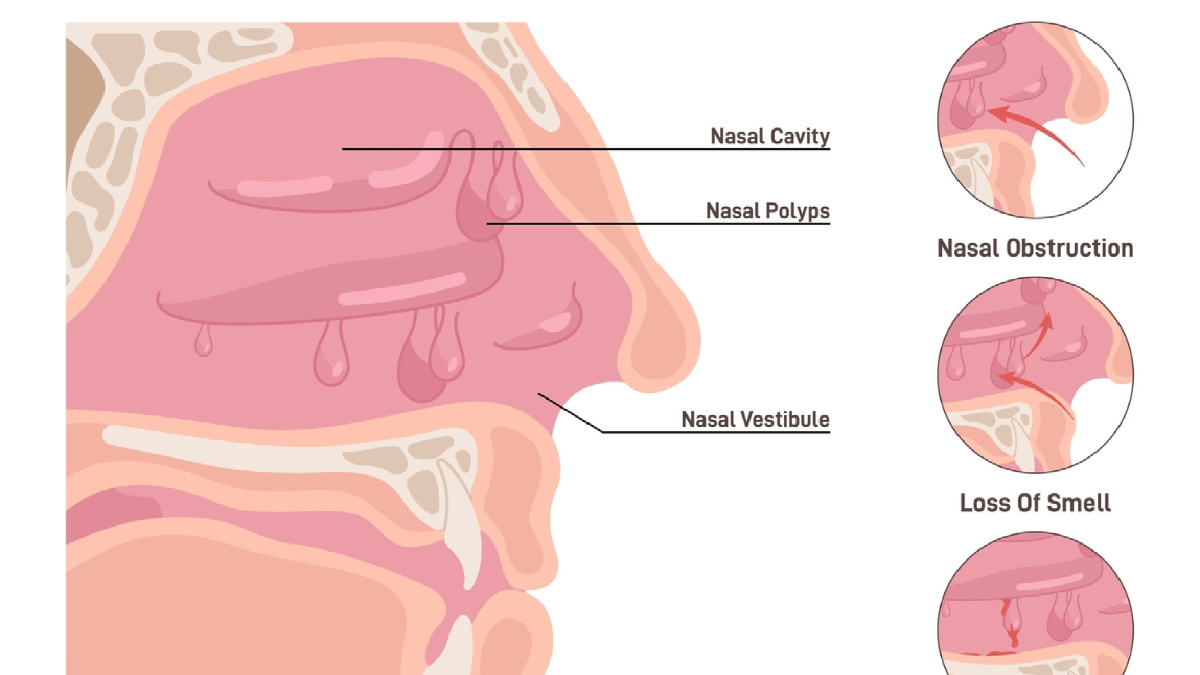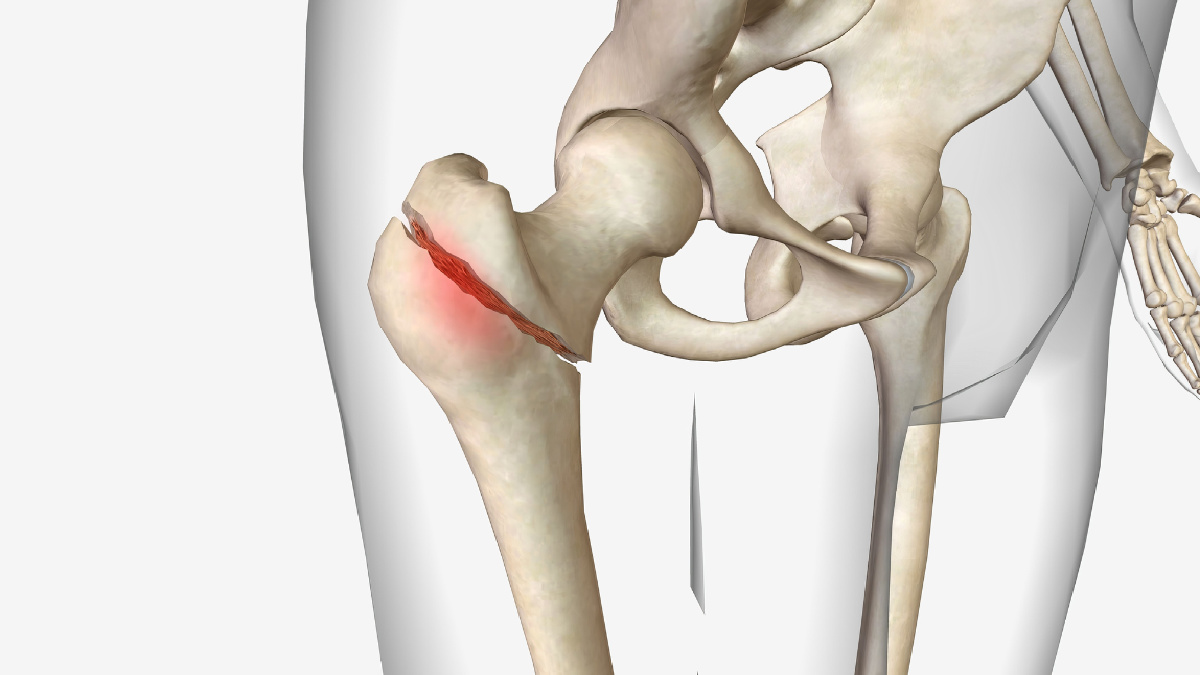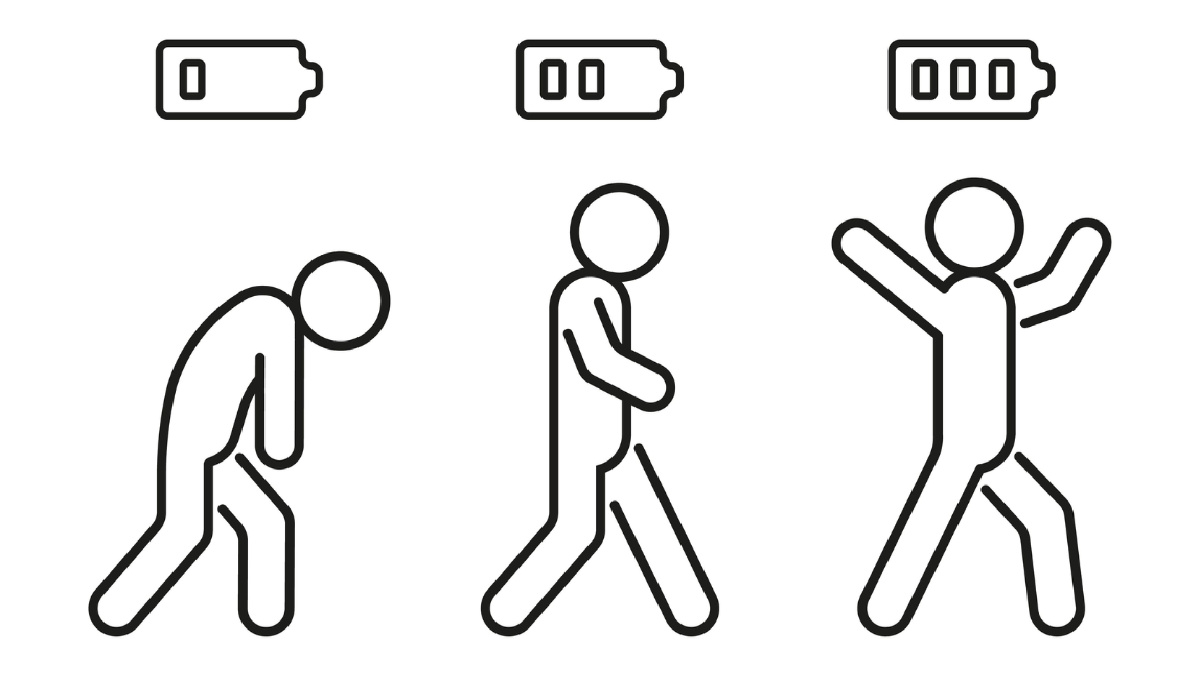The sinuses are air-filled cavities located in the bones of the skull and face. They are lined with mucous membranes that produce mucus, which helps to moisten and protect the nose and throat. They are connected to the nasal cavity by small openings called ostia, which allow air and mucus to flow in and out. Today on the blog, we have explored the antomy of sinuses, risk factors, and treatment. Understanding the anatomy of the sinuses can help individuals better understand how they function and how to maintain optimal sinus health.
Types of Sinuses and their Functions
There are four pairs of sinuses in the human skull: the maxillary sinuses, the frontal sinuses, the ethmoid sinuses, and the sphenoid sinuses. Each of these sinuses has a unique shape and location within the skull, and they all play important roles in the respiratory and immune systems.
The maxillary sinuses, located in the cheekbones, are the largest of the four pairs. They help to warm and moisten inhaled air before it reaches the lungs. The ethmoid sinuses, located between the eyes, are responsible for filtering and humidifying the air we breathe. Sphenoid sinuses are located behind the nose and eyes, help to regulate the pressure inside the skull and aid in voice resonance. Finally, the frontal sinuses, located in the forehead, help to protect the brain from injury and regulate the temperature of the air we breathe.
Common Sinus Problems and Symptoms
Some of the most common sinus problems include sinusitis, allergies, and nasal polyps. Sinusitis occurs when the sinus cavities become inflamed and swollen, leading to symptoms such as facial pain, congestion, headaches, and difficulty breathing. Allergies can also cause sinus problems, with symptoms including sneezing, runny nose, and itchy eyes. Nasal polyps, on the other hand, are noncancerous growths that develop in the lining of the nasal passages, leading to symptoms such as stuffy nose, loss of sense of smell, and snoring. If left untreated, these sinus problems can cause serious complications, including chronic sinus infections and respiratory issues.
Causes and Risk Factors of Sinusitis
There are several causes and risk factors that can contribute to the development of sinusitis. One of the most common causes is a viral or bacterial infection, which can lead to the production of excess mucus and inflammation in the sinuses. Other risk factors include allergies, nasal polyps, a deviated septum, and exposure to environmental irritants such as cigarette smoke or air pollution. People with weakened immune systems, such as those with HIV or diabetes, are also at an increased risk of developing sinusitis.
Diagnosis and Treatment of Sinusitis
The symptoms of sinusitis can be debilitating, including headache, facial pain, congestion, and fatigue. However, thanks to modern technology, doctors can now easily diagose sinusitis. Diagnosis of sinusitis typically involves a physical exam and a review of the patient’s medical history. Imaging tests such as CT scans or X-rays may also be used to confirm the diagnosis. Treatment for sinusitis may include antibiotics, nasal decongestants, and pain relievers. In severe cases, surgical intervention may be necessary to alleviate symptoms and prevent complications. It is important for individuals experiencing symptoms of sinusitis to seek medical attention promptly to avoid the development of more serious conditions.
Home Remedies for Sinusitis Relief
Natural remedies are also known as home remedies. This type of treatment uses herbal plants or chemical-free solution to minimize the symptoms of sinusitis. One popular home remedy is steam inhalation, which involves breathing in steam to help moisten the sinuses and reduce congestion. Another effective remedy is saline nasal irrigation, which involves using a saline solution to flush out the sinuses and clear mucus. Other remedies include using essential oils, such as eucalyptus or peppermint, to help reduce inflammation and ease congestion. While these remedies may not work for everyone, they can be a safe and effective way to relieve sinusitis symptoms without the use of medication.
Prevention and Management of Sinusitis
There are several ways to prevent and manage sinusitis, including keeping the sinuses moist, avoiding irritants, and practicing good hygiene. One of the most effective ways to prevent sinusitis is by using a saline nasal spray or irrigation system to keep the sinuses moist. This helps to flush out mucus and other irritants, reducing the risk of inflammation and infection. Additionally, it is important to avoid irritants such as cigarette smoke, air pollution, and chemicals that can irritate the sinuses. Practicing good hygiene, such as washing your hands regularly, can also help to prevent the spread of germs that can cause sinusitis. If you do develop sinusitis, there are several treatment options available, including antibiotics, decongestants, and nasal corticosteroids. Your doctor can help you determine the best course of treatment based on the severity and duration of your symptoms.
Importance of Understanding Sinus Anatomy and Health
Understanding sinus anatomy and health is crucial for maintaining overall well-being. The sinuses play a vital role in our respiratory system and are susceptible to various conditions that can cause discomfort and pain.
By knowing the anatomy of the sinuses, individuals can better understand the symptoms they experience and seek appropriate medical treatment. Additionally, taking preventative measures such as practicing good hygiene and avoiding irritants can help maintain sinus health. Overall, a better understanding of sinus anatomy and health can lead to better management of sinus-related conditions and improve overall quality of life.




